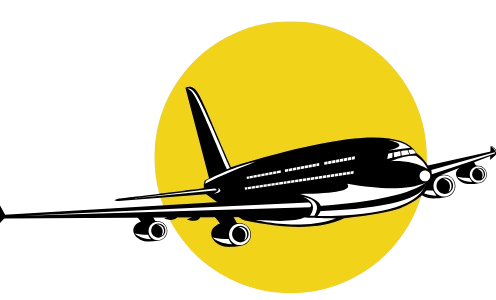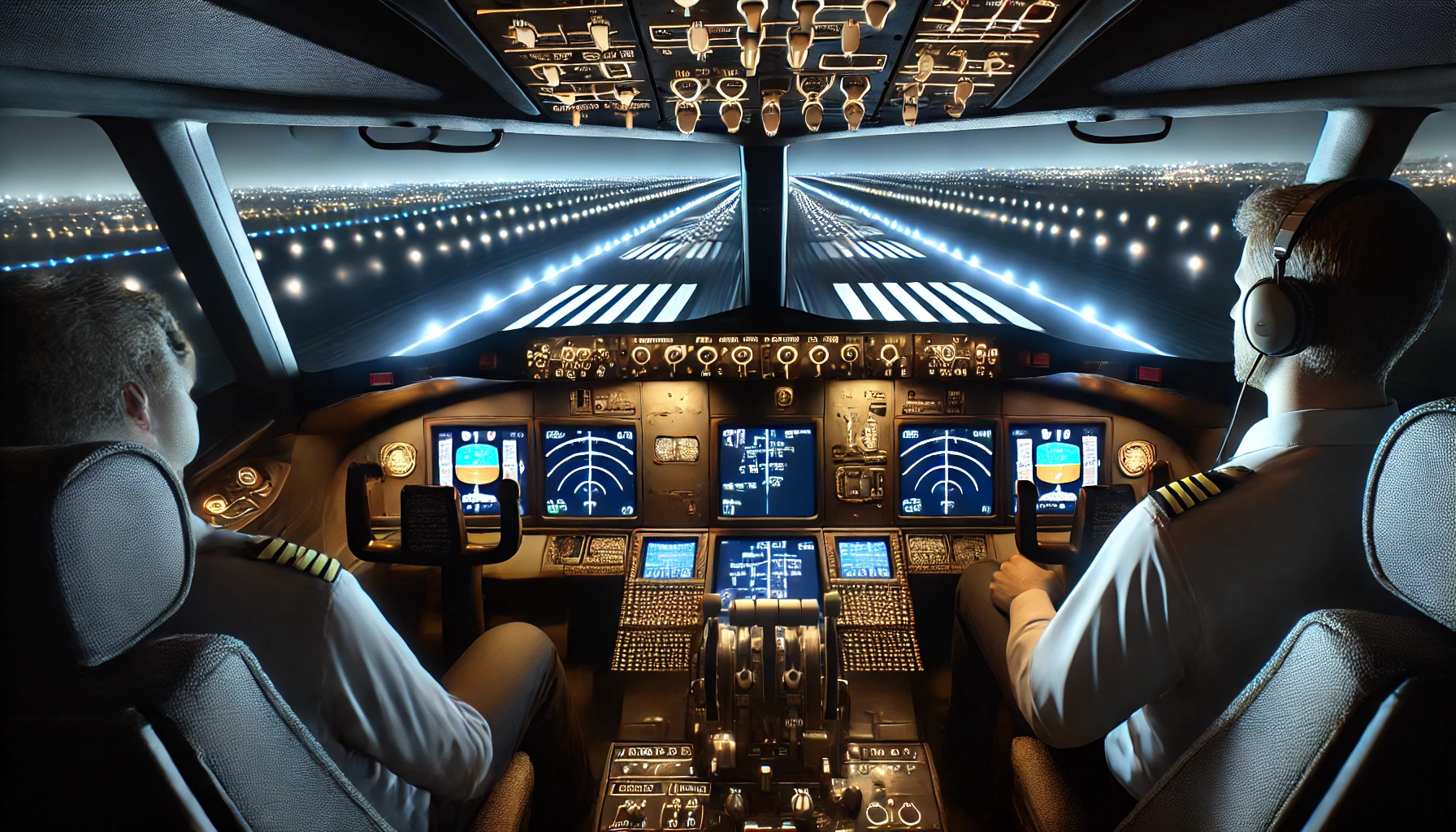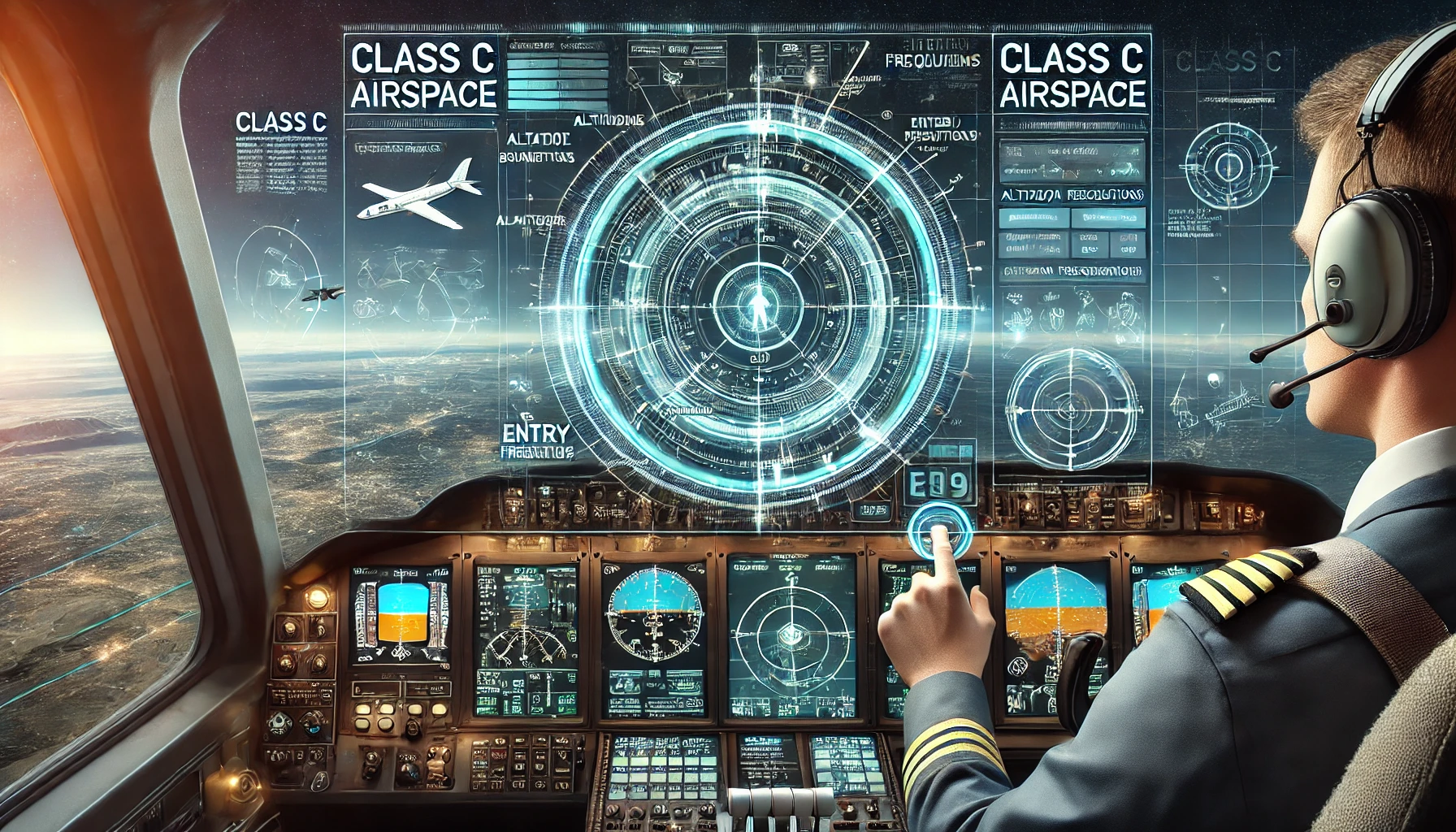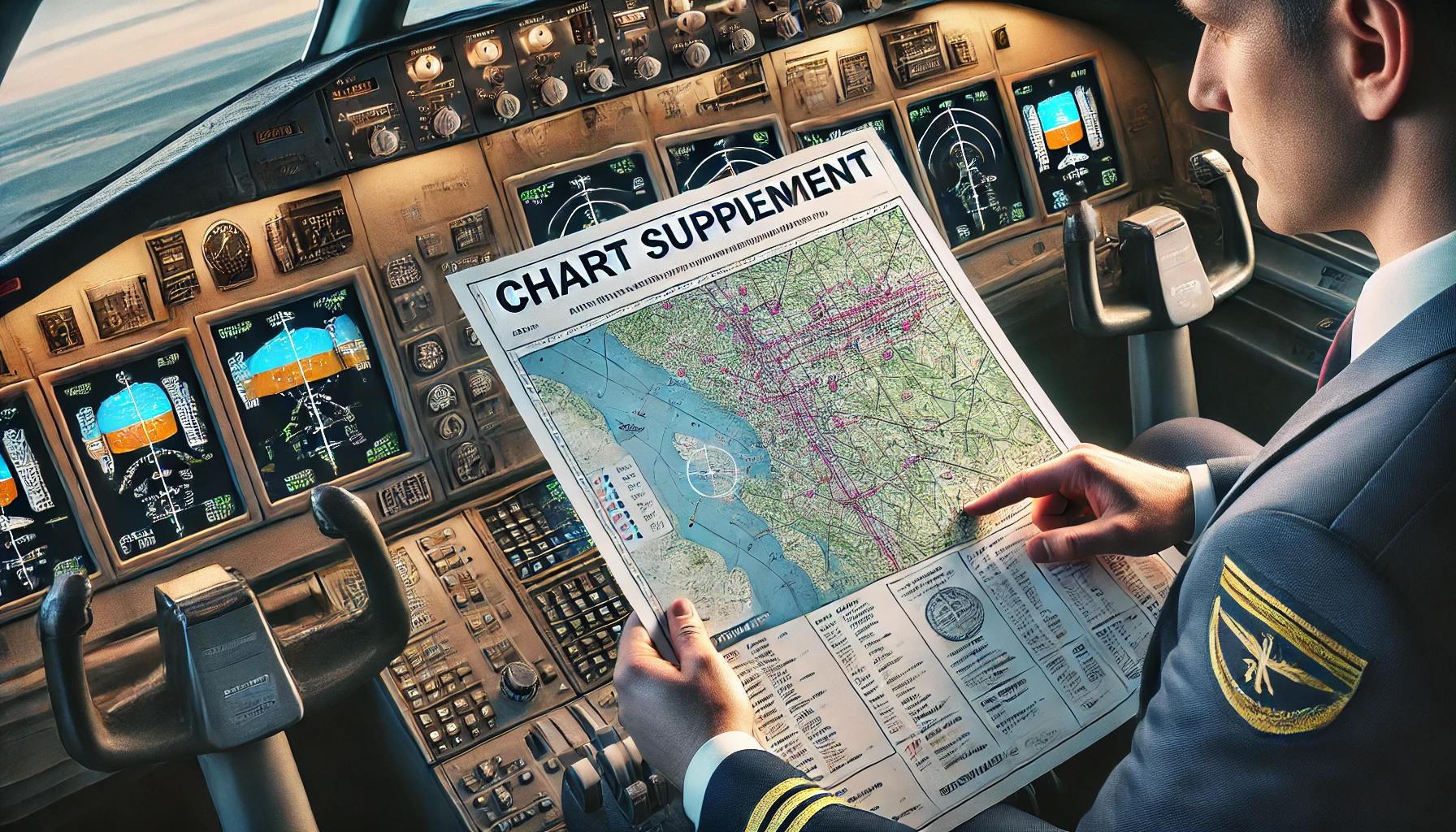Have you ever glanced out the window during a flight and wondered about those colorful symbols zigzagging across the runway? These markings are more than just paint on asphalt; they are essential lifelines that ensure safe takeoffs, landings, and everything in between.
In an industry where precision is paramount, each line, letter, and symbol carries a weighty responsibility—guiding pilots through the intricacies of air traffic while navigating complex conditions.
Buckle up—it’s time to explore how runway markings play a pivotal role in aviation safety!
Introduction to runway markings in aviation
Runway markings are the unsung heroes of aviation, guiding pilots safely from takeoff to landing. These intricate patterns may seem like mere paint on asphalt, but they hold immense significance in the world of air travel. Every line and symbol is meticulously designed for a purpose—ensuring safety, precision, and efficiency at airports around the globe. As we dive into the fascinating world of runway markings, you’ll discover their history, meaning, and importance in maintaining safe flight operations. Get ready to decode these essential symbols that play a crucial role in navigating our skies!
History of runway markings and their evolution
Runway markings have a fascinating history that reflects the evolution of aviation itself. In the early days of flight, runways were often unmarked grass fields. Pilots relied heavily on visual cues from landmarks for navigation.
As air travel expanded in the mid-20th century, standardization became crucial. The need for clear communication between pilots and ground crews led to the introduction of paint markings on runways.
Over time, regulations emerged globally, establishing specific symbols and colors to enhance safety. This innovation was pivotal during World War II when military operations demanded precision and efficiency under pressure.
By the late 20th century, runway marking technology advanced significantly with reflective paints and lighting systems. These improvements allowed for better visibility at night or in adverse weather conditions.
Today’s runway markings are designed not just for aesthetics but also to convey vital information quickly and clearly to ensure safe landings and takeoffs.
The purpose and significance of runway markings
Runway markings serve a critical role in aviation safety. They provide essential visual cues for pilots during takeoff, landing, and taxiing. Without these clear indicators, the risk of miscommunication increases significantly.
The significance of runway markings can’t be overstated. They guide aircraft movements on the airfield, ensuring that pilots have reliable information about their position relative to key areas like thresholds and centerlines. This precision helps maintain smooth operations at busy airports.
Additionally, runway markings enhance situational awareness for both pilots and ground crew. By clearly defining pathways and operational zones, they reduce confusion during high-pressure situations where mistakes can lead to severe consequences.
Understanding these markings is vital for any pilot; it’s not just about compliance but also about fostering a culture of safety in aviation practices across the globe.
Types of runway markings: visual, non-visual, and special
Runway markings come in various types, each serving a specific function. Visual markings are the most recognizable; they include lines and symbols painted directly onto the runway surface. These guide pilots during takeoff and landing, ensuring safe navigation.
Non-visual markings offer a different approach. These involve lights or other indicators that assist in low visibility situations. They are crucial for operations when weather conditions deteriorate.
Special markings cater to unique scenarios such as intersecting runways or taxiways. These can be vital during complex airport layouts where clarity is essential for safety.
Each type of marking plays an integral role in aviation, enhancing communication between the aircraft and ground operations while promoting precise maneuvering on busy airfields.
Breakdown of different symbols and their meanings (e.g. threshold markings, centerline markings, touchdown zone markings)
Runway markings consist of a variety of symbols, each with distinct meanings critical for flight operations.
Threshold markings are one of the first indicators pilots encounter. These lines signal the beginning of the usable runway length, guiding aircraft during takeoff and landing.
Next up is the centerline marking, which runs down the middle of the runway. It helps maintain alignment during landing and provides visual guidance while taxiing.
Touchdown zone markings indicate where an aircraft should ideally land on a runway. These stripes help pilots gauge their descent rate and ensure they touch down in a safe area.
Additionally, some runways feature aiming point markers that assist pilots in determining their approach path more accurately. Each symbol plays an integral role in ensuring smooth operations at airports worldwide.
Importance of adhering to runway markings for pilot safety and precision
Runway markings serve as a critical guide for pilots during takeoff and landing. Adhering to these visual cues is essential for maintaining safety in aviation.
When a pilot aligns with centerline markings, they ensure their aircraft is positioned correctly on the runway. This precision minimizes the risk of runway incursions and other potentially dangerous situations.
Touchdown zone markings indicate where an aircraft should land, crucial for achieving optimal braking performance. Following these guidelines helps prevent overrun incidents, which can lead to catastrophic outcomes.
Moreover, recognizing the significance of threshold markings aids pilots in determining usable runway length. When every crew member prioritizes adherence to these symbols, it cultivates a culture of safety within aviation operations.
In high-stress environments like airports, clarity from runway markings allows pilots to focus on flying rather than deciphering complex ground layouts. Each symbol plays its part in ensuring smooth and safe flight operations from departure to arrival.
The role of airport ground crew in maintaining and updating runway markings
The airport ground crew plays a vital role in the upkeep of runway markings. Their responsibilities extend beyond routine maintenance; they ensure that every line and symbol remains visible and accurate.
These dedicated professionals conduct regular inspections to identify any wear, fading, or damage. When issues arise, immediate action is taken to restore clarity.
Ground crews utilize specialized equipment for repainting and refreshing markings. Precision is key here; even slight deviations can lead to confusion among pilots.
Moreover, these teams stay updated on aviation regulations regarding marking standards. This ensures compliance with safety protocols while adapting to any new technologies or practices introduced in the field.
Communication is crucial too. Ground crews coordinate closely with air traffic control and flight operations to schedule maintenance during off-peak hours, minimizing disruption while ensuring that all visual aids are consistently dependable for safe takeoffs and landings.
How weather conditions can affect the visibility and effectiveness of runway markings
Weather plays a critical role in aviation safety, especially regarding runway markings. Rain, fog, and snow can significantly diminish visibility. When pilots can’t clearly see these essential guides, the risk of misjudgment increases.
During heavy rainstorms or downpours, water pooling on runways can obscure markings entirely. This creates challenges for landing approaches and takeoffs alike.
Foggy conditions present another hurdle. Low-hanging clouds reduce visibility, making it difficult for pilots to discern where they are on the runway until it’s almost too late.
Snow cover complicates matters further by hiding vital symbols like threshold or centerline markings. Even after a snowfall stops, any remaining ice adds an extra layer of danger as aircraft maneuver during landings and departures.
Ensuring that runway markings remain visible is crucial for safe operations. Airports often rely on regular maintenance schedules to mitigate weather-related issues effectively.
Case studies:
In 2006, a tragic incident at Brazil’s Congon has Airport highlighted the critical nature of runway markings. A TAM Airlines flight miscalculated its landing due to obscured threshold markings. The aircraft skidded off the wet runway and collided with a building, resulting in significant loss of life.
Another notable case occurred in 2015 at an airport in Europe. Poorly maintained centerline markings caused confusion for pilots during low visibility conditions. An aircraft landed on the wrong runway, nearly colliding with another plane that was taking off simultaneously.
These incidents underscore how vital clear and accurate runway markings are for safety. When their purpose is misinterpreted or compromised, it can lead to catastrophic outcomes that affect not just pilots but everyone involved in aviation operations. Each mistake serves as a reminder of why vigilance and maintenance matter so much in this field.
Future developments in runway marking technology
The future of runway markings promises exciting advancements, particularly with the integration of smart technology. Innovations like LED lighting embedded in pavement can enhance visibility during adverse weather conditions, ensuring pilots have clear guidance regardless of time or environment.
Moreover, the use of augmented reality (AR) could transform pilot training and operational procedures. With AR overlays via head-up displays, pilots may receive real-time updates on runway conditions and markings directly in their line of sight.
Sustainability is also a focus. New materials for paint are being developed to resist wear and fading while minimizing environmental impact. These eco-friendly options will ensure that airport operations align with global sustainability goals without compromising safety.
Finally, automation plays an essential role in maintaining accurate runway markings. Drones equipped with imaging technology can monitor and assess runway conditions more efficiently than traditional methods, leading to quicker maintenance interventions when necessary.
Conclusion:
Runway markings serve as the visual language of airports, offering essential guidance to pilots and ground crews alike. Their evolution reflects advancements in aviation safety, making them more precise and easier to interpret. Each marking has a distinct purpose, from guiding takeoffs and landings to ensuring safe taxiing procedures.
Understanding the different types of runway markings—whether visual or non-visual—can significantly impact flight operations. The clarity of symbols like threshold markings or centerline indicators can mean the difference between a successful landing and potential mishaps. Adhering to these markings is not just a recommendation; it’s a critical aspect of maintaining pilot safety.
Airport ground crews play an indispensable role in this system. Regular maintenance ensures that all runway markings are visible, intact, and compliant with regulations. However, external factors such as weather conditions can pose challenges for visibility, emphasizing the need for constant vigilance from both pilots and ground staff.
Real-life incidents have shown how misinterpretation or neglect of these crucial signs can lead to accidents with devastating consequences. As technology continues to advance, so too does our ability to enhance runway marking systems further—from incorporating reflective materials for better visibility at night to exploring digital solutions that provide real-time information.
The importance of runway markings cannot be overstated—they are vital components in promoting safe operations within busy airport environments around the globe. As we look ahead toward future developments in aviation infrastructure, ensuring that these symbols remain clear will continue playing a key role in safeguarding lives during air travel.




